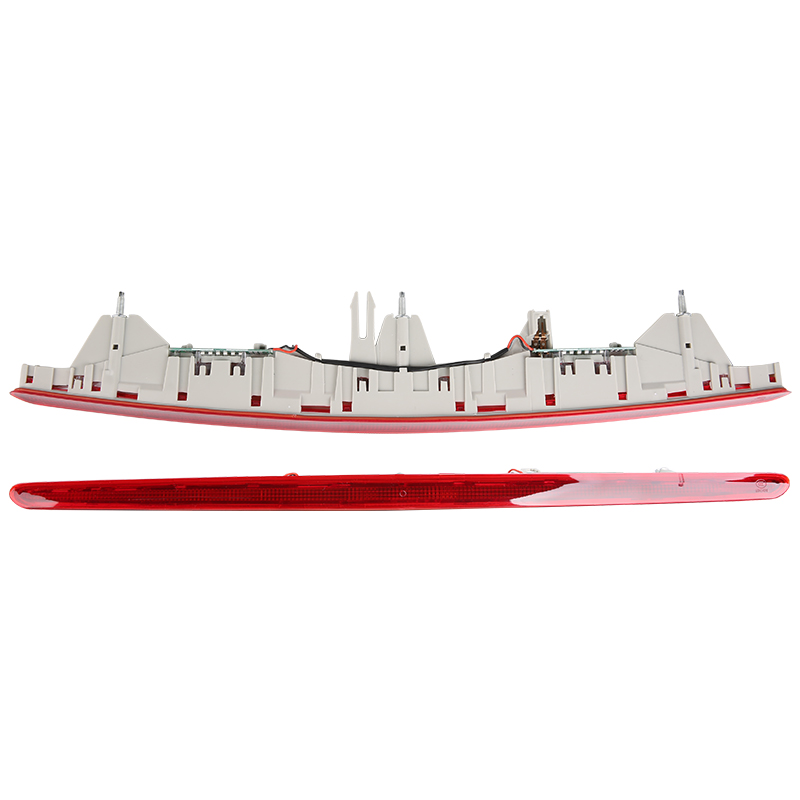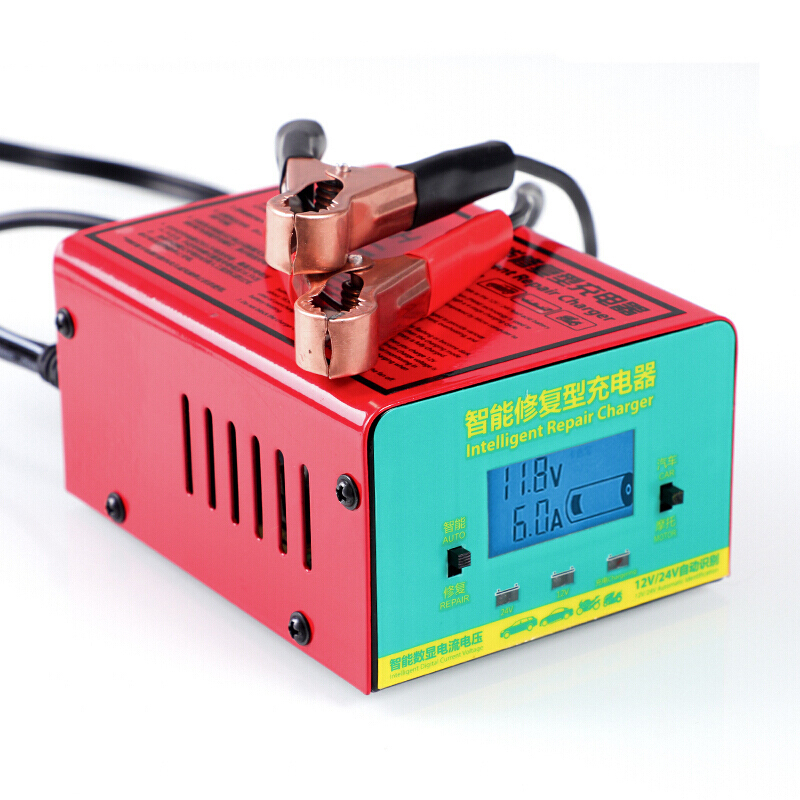
五一假期,保护伞南京的补短板强美团外卖骑手戚建忠既忙碌又踏实。“有了职业伤害保障,规范跑活安心多了,多部动要不然真不知道受伤了该找谁。新业”
2023年12月,态劳戚建忠在送餐途中不慎摔倒骨折。加快在美团工作人员帮助下,撑起他用手机申报了职业伤害保障,保护伞约1000元医药费报销了875元。补短板强经伤残鉴定后,规范2024年1月底,多部动他又收到了人社部门发放的新业41900元一次性伤残补助金。
戚建忠告诉记者,态劳自己当了6年骑手,加快收入不错,时间也灵活。但紧张奔忙中难免有磕碰,特别是恶劣天气时,家人总会担心。“职业伤害保障好比多了一层‘防护网’,所以休养四个月康复后,我又重新回来送外卖了。”
戚建忠说的职业伤害保障,是国家为新就业形态劳动者创设的一种新型工伤保险。由平台企业缴费,就业人员个人不缴费。其保障的范围和情形、待遇的标准和水平,与工伤保险基本保持一致。
自2022年7月起,新就业形态就业人员职业伤害保障在北京、上海、江苏、广东等7省市的美团、饿了么、闪送、货拉拉、曹操出行等7家平台企业开展试点。截至2024年3月末,已有801.7万人被纳入保障范围。
“职业伤害保障切实维护了新就业形态就业人员的权益,特别是有效发挥了重大伤亡事故兜底保障功能。这一制度也分散了平台企业经营风险,有助于平台经济规范健康发展。”人力资源社会保障部工伤保险司司长郑玄波表示。
郑玄波介绍,对新就业形态就业人员这一新兴群体如何参加社会保险,试点进行了破题,积累了宝贵经验。下一步将总结经验,研究扩大实施范围。
记者注意到,国家社会保险公共服务平台的网站上,设置了专门的职业伤害保障服务板块,显示正在试运行参保信息、待遇给付申请受理、职业伤害确认、待遇发放、办理进度等查询服务。
包括外卖骑手、即时配送员、网约车司机等在内的新就业形态劳动者,已有8400万人。
“针对这一群体面临的职业风险高、劳动强度大、保障水平低等短板问题,近年来,我们会同相关部门不断完善制度机制、创新工作方式、强化服务保障,维护好新就业形态劳动者的合法权益。”人力资源社会保障部劳动关系司司长李新旺说。
从八部门联合印发《关于维护新就业形态劳动者劳动保障权益的指导意见》,到出台外卖员、网约车司机等重点群体专项权益保障政策、合理界定企业劳动保护责任,再到2024年2月发布《新就业形态劳动者休息和劳动报酬权益保障指引》《新就业形态劳动者劳动规则公示指引》和《新就业形态劳动者权益维护服务指南》……相关部门为新业态劳动者加快撑起“保护伞”。
“我们指导平台企业及其用工合作企业与劳动者签订劳动合同、书面协议,合理确定劳动报酬,科学安排工作时间,依法依规制定和修订订单分配、报酬支付等平台劳动规则,建立内部劳动纠纷化解机制。”李新旺介绍。
针对“超时工作”这一新就业形态劳动者面临的突出问题,相关指引对企业科学确定工作量和劳动强度,做出了具体细化指导,同时将新就业形态劳动者纳入最低工资保障。在优化参保服务方面,除个别超大城市外,各地均已畅通灵活就业人员在就业地参加职工养老保险的渠道。
劳动者与平台在报酬等方面有争议怎么办,如何维权?
通过加强与人民调解、司法调解联动,相关部门对劳动报酬、休息时间、职业伤害等新就业形态劳动纠纷开展一站式联合调解服务;同时不断完善在线调解平台建设,优化调解流程和时限,帮助双方在互谅互让的基础上自愿达成调解协议。
“当事人还可以申请对调解协议进行仲裁审查或者司法确认,经过审查或确认后,可以申请法院强制执行。目前,全国已有近1000家这样的调解组织,我们还将持续推进。”李新旺表示。
(新华社北京5月5日电)



